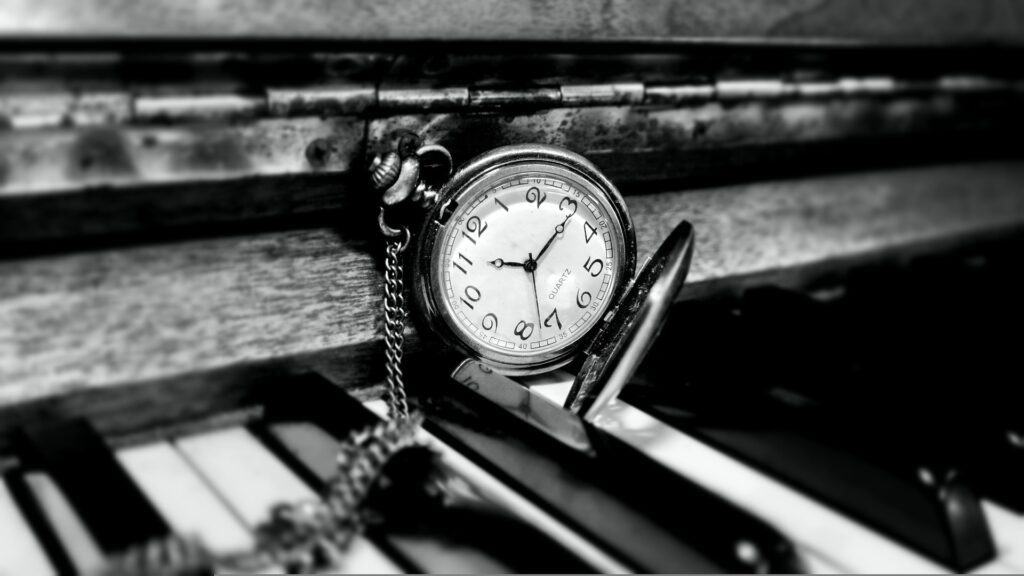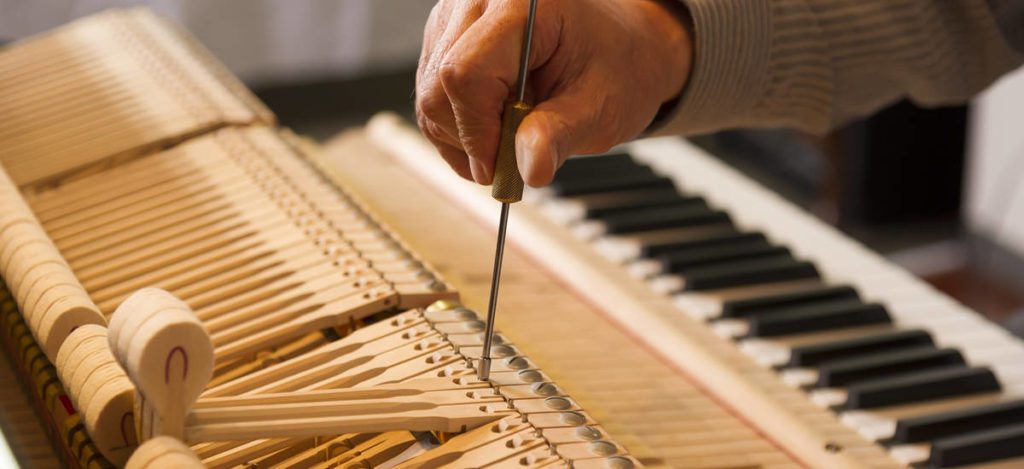Pianos are intricate and delicate instruments that require proper care and maintenance to ensure their longevity and optimal performance. However, like any other mechanical device, pianos may encounter issues over time. Knowing how to quick fix common piano problems can save you time, money, and the hassle of waiting for a professional technician. In this article, we will guide you through some essential steps to help you troubleshoot and resolve minor piano issues on your own.
Your piano can bring joy and harmony to your life, but when it malfunctions, it can be frustrating. Learning how to quick fix your piano can save you from unnecessary inconveniences. However, please note that major repairs and complex issues should be handled by professional piano technicians.
Assess the Problem
Before attempting any fixes, it’s crucial to identify the problem accurately. Is the piano out of tune? Do you have sticky keys? Is there a strange noise coming from the pedals? Assessing the issue will help you determine the appropriate solution.
Cleaning and Dusting
Regular piano cleaning and dusting are essential to maintain the piano’s appearance and functionality. Use a soft cloth to wipe the keys and the piano’s exterior gently. Avoid using chemicals or excessive moisture as they can damage the finish.
Dealing with Sticky Keys
Sticky keys are a common issue in pianos, usually caused by dirt, debris, or humidity. To fix sticky keys, you can start by using a damp cloth to clean the affected keys gently. If the problem persists, you may need to consult a piano technician for further assistance.
Fixing Squeaky Pedals
Squeaky pedals can disrupt your piano playing experience. Applying a small amount of powdered graphite or lubricating oil to the pedal joints can help reduce the squeaking sound. Be cautious not to use excessive amounts, as it can lead to messy and sticky pedals.


Uneven key height can affect the piano’s touch and playability. To address this issue, locate the uneven keys and gently lift them to the desired height using a thin piece of cardboard or paper. Make sure to apply equal pressure to maintain consistency across all keys.
Tightening Loose Screws
With time and use, screws in a piano may become loose, leading to rattling sounds or instability. Carefully inspect the piano’s structure and identify any loose screws. Using a screwdriver, tighten them gently, taking care not to overtighten or strip the screws
Maintaining proper tuning is vital for the piano to produce beautiful, harmonious sounds. While tuning is best left to professional piano tuners, you can learn to perform basic tuning adjustments using an electronic tuner. However, it is essential to exercise caution as improper tuning can potentially damage your piano.
Check out how much piano tuning cost
Get access to FREE piano tuning E-book DOWNLOAD
Maintaining Humidity Levels
Fluctuations in humidity levels can affect the piano’s wooden components and cause tuning instability. It’s crucial to maintain a stable humidity level in the room where the piano is placed. Consider using a humidifier or a dehumidifier to control the moisture content in the air.


Conclusion
Knowing how to quick fix common piano problems can empower you to take better care of your instrument and address minor issues promptly. Remember, for more complex problems or extensive repairs, it’s always recommended to seek professional assistance.

Excellent website with a wealth of useful information; I’m forwarding it to some friends and also sharing it on Delicious. Obviously, I appreciate your effort.
Thank you for your feedback, you can check other contents Blog